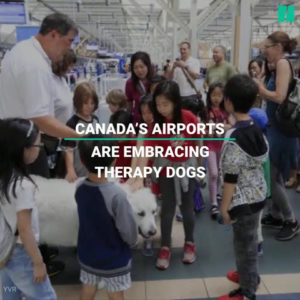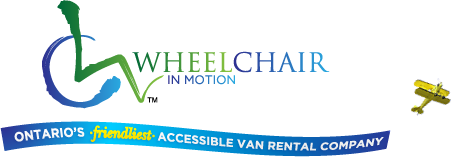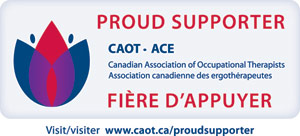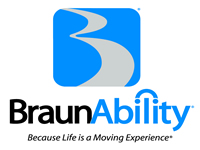“Pet-iquette”: How to Interact with Service Animals
 Have you been to a Canadian airport lately, visited a nursing home, or “pawsed” for a coffee at a cat café? It’s not uncommon to see dogs with jobs, therapy pets, and service animals working in and about our daily routine. Whether it’s a parrot, a ferret, a cat or a horse, animals offer unconditional support, companionship and help people with mental health and physical disabilities. As society embraces animals in the workplace, in schools, and even at airports, it’s important to know how to act appropriately with service animals such as a guide dogs, and therapy pets. Not knowing proper etiquette could put the animal, the owner/user and others at risk.
Have you been to a Canadian airport lately, visited a nursing home, or “pawsed” for a coffee at a cat café? It’s not uncommon to see dogs with jobs, therapy pets, and service animals working in and about our daily routine. Whether it’s a parrot, a ferret, a cat or a horse, animals offer unconditional support, companionship and help people with mental health and physical disabilities. As society embraces animals in the workplace, in schools, and even at airports, it’s important to know how to act appropriately with service animals such as a guide dogs, and therapy pets. Not knowing proper etiquette could put the animal, the owner/user and others at risk.
Here are some tips from the Canadian Guide Dogs for the Blind, and Guiding Eyes for the Blind, and the University of Waterloo:
- Pay attention to the owner, not the service animal.
- If the dog is wearing its harness or vest, it is working and should not be distracted.
- If the service animal is off-harness, ask the owner/user for permission to greet and pet the animal.
- Do not introduce your pet to the service animal. If you see a working guide dog or a puppy, it is important to keep your distance. Service dogs are responsible for someone’s safety; it’s important for them to remain focused on their handlers at all times.
- Do not offer treats to the dog. It can result in disruptive behaviors such as begging and scavenging for food.
- Always ask, “May I help you?”, before approaching a guide dog user. Allow the person you’re helping to tell you what he or she needs. Remember that grabbing the guide dog, the leash, harness or the person’s arm may confuse him or her, and could even place the guide dog team in danger. Should the person accept your offer, accepted practice is to offer your left elbow for the person to hold with his or her right hand.
- You cannot ask about the owner’s disability.
According to the Accessibility for Ontarians with Disabilities Act Customer Service Standards, a service animal is easily identifiable as relating to one’s disability (for example, it is a guide dog or other animal wearing a vest or harness). Service animals are not pets.
The Lifeline Canada Foundation distinguishes service dogs from therapy dogs. They do not share the same public access rights granted to service pets and may be denied admittance to public places, on public transportation or in private buildings such as apartment blocks where the keeping of pets is restricted or prohibited.
Unfortunately, some people take advantage of the special services that are available to people with disabilities and their service animal. Fake harnesses and vests can be purchased online. To the untrained eye, it may look like a service dog but it might not act like one. A tell-“tail” sign is a barking or disruptive dog and how the owner interacts with the dog.
It has taken many decades of good work to ensure that those with service dogs are afforded access and have their human rights respected, and this is being threatened by a small minority of fraudsters and pet-obsessed people who fail to distinguish between the need for assistance and the privilege of having a pet. – André Picard, Globe and Mail
The next time you see a guide dog or therapy dog, let them do their job and let sleeping dogs lie.
Planning a road trip with your service animal or pet? Wheelchair in Motion can help you with your accessible transportation rental needs. Contact us about accommodating your furry friends safely in our wheelchair accessible van rentals.





 Wheelchair in Motion Limited | Van Rentals in Ontario
Wheelchair in Motion Limited | Van Rentals in Ontario